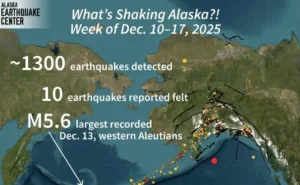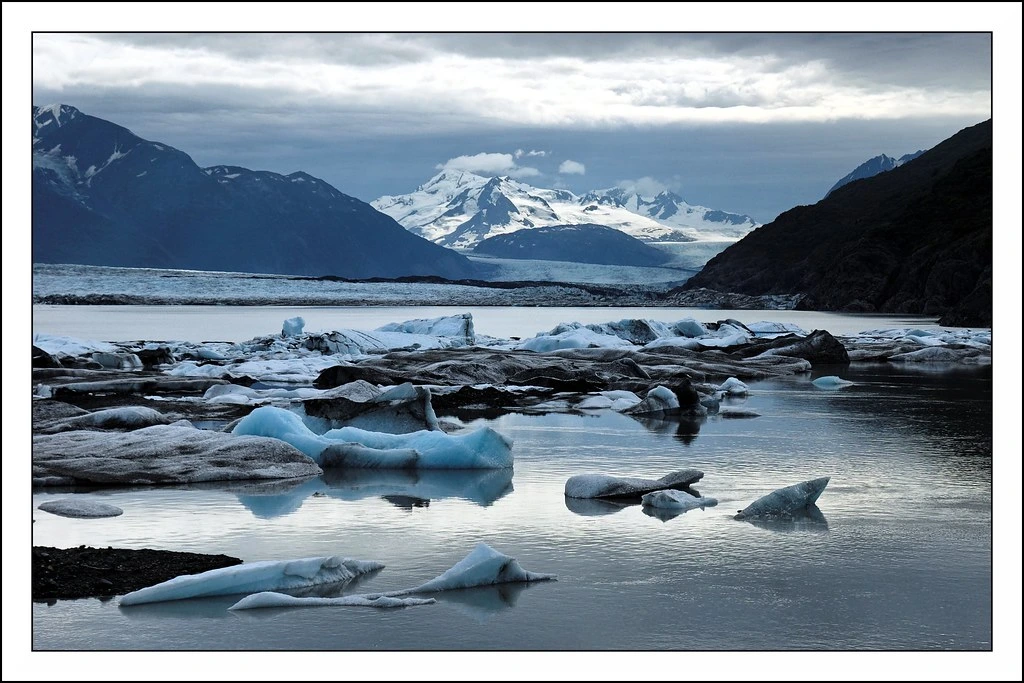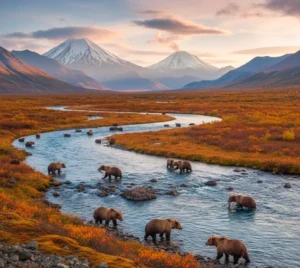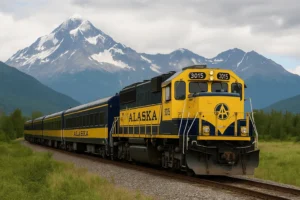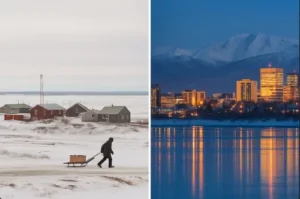Alaska is famous for its stunning glaciers, but have you ever wondered exactly how many glaciers are in this icy wonderland? The answer isn’t as straightforward as you might think because it depends on how you define and count glaciers. Let’s break it down for you in simple terms.
How Many Glaciers Currently Exist in Alaska? The Big Numbers
Researchers estimate there are anywhere from 27,000 to over 100,000 glaciers in Alaska. Why the huge range? It depends on the size and type of glaciers being counted. Some studies focus only on larger glaciers, while others include smaller, unnamed ones.
Here’s a quick snapshot of glacier data in Alaska:
- 100,000 glaciers: A broad estimate that includes small, unnamed glaciers.
- 27,000 glaciers: A more conservative count based on mapped glaciers using satellite technology.
5% of Alaska’s land: Glaciers cover about 29,000 square miles of Alaska, an area larger than West Virginia!
What Makes Counting Glaciers So Hard?
Counting glaciers in Alaska isn’t simple. Glaciers are constantly changing due to climate and environmental factors. Some are growing smaller, while others are merging or disappearing entirely, making it tricky to track the exact number.
Glaciers in National Parks
Did you know that about 25% of Alaska’s glaciers are located in national parks? That’s around 23,000 square miles of glacier-covered terrain. For example:
- Bering Glacier: The largest glacier in North America, stretching over 5,000 square kilometers.
- Columbia Glacier: One of the fastest-retreating glaciers in the world.
If you visit places like Glacier Bay National Park or Denali National Park, you’re guaranteed to see some of these breathtaking ice formations.
List of Glaciers in Alaska
Alaska is home to thousands of glaciers, ranging from massive ice fields to smaller valley glaciers. While it’s impossible to list all of them, here are some of the most notable ones:
Major Glaciers in Alaska
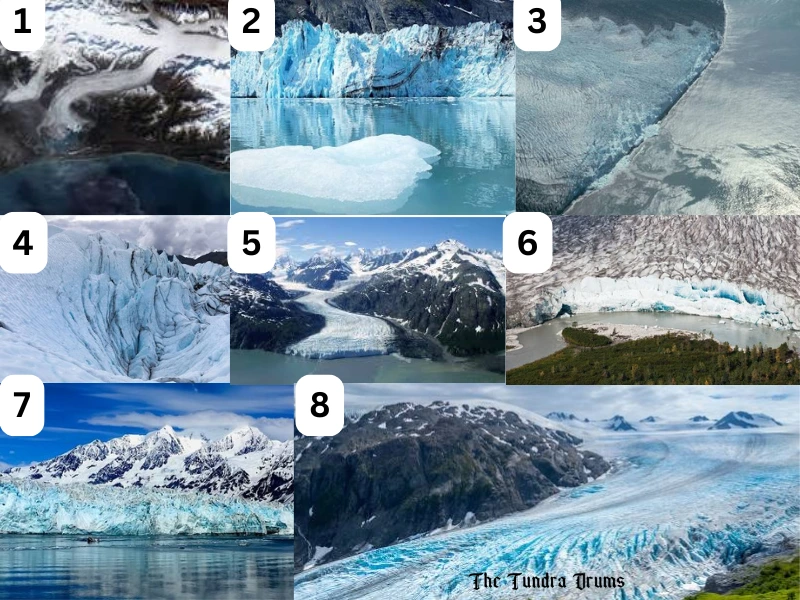
- Location: Situated in the Gulf of Alaska, the Bering Glacier is the largest glacier in North America.
- Size: It covers an impressive area of approximately 1,900 square miles, making it a significant feature of Alaska’s landscape.
- Importance: As the largest glacier in North America, it plays a crucial role in the region’s ecosystem and climate.
- Location: This tidewater glacier is located near Valdez, Alaska.
- Notable Feature: The Columbia Glacier is known for its rapid retreat. Since the 1980s, it has lost more than 12 miles of its length, making it a prime example of the impacts of climate change on glaciers.
- Significance: Its rapid retreat has been extensively studied to understand glacier dynamics and the effects of global warming.
- Location: Located about 100 miles northeast of Anchorage, the Matanuska Glacier is a popular tourist destination.
- Size and Accessibility: Stretching 27 miles long, it is one of Alaska’s most accessible glaciers, offering opportunities for hiking and exploration.
- Tourism: Its accessibility makes it a favorite among tourists and adventure seekers looking to experience Alaska’s natural beauty.
- Location: Situated near Yakutat, Alaska, the Hubbard Glacier is a notable feature in the region.
- Notable Feature: It is famous for advancing into Russell Fjord, which has the potential to create a natural dam. This process is closely monitored due to its potential impact on local ecosystems.
- Significance: The Hubbard Glacier’s advance is a rare occurrence among glaciers, which are generally retreating due to climate change.
- Location: These glaciers are part of Glacier Bay National Park, a UNESCO World Heritage Site.
- Notable Glaciers: The collection includes Margerie Glacier and Lamplugh Glacier, both of which are popular stops for cruise visitors.
- Tourism and Conservation: Glacier Bay National Park offers stunning natural beauty and is a key destination for those interested in glaciers and wildlife.
- Location: Part of Kenai Fjords National Park, Exit Glacier is located near Seward, Alaska.
- Accessibility: It is easily accessible for hiking and educational tours, making it an ideal location for learning about glacier dynamics and climate change.
- Educational Value: The glacier’s accessibility and visible signs of retreat make it a valuable educational resource for understanding the impacts of climate change.
- Location: Situated near Wrangell-St. Elias National Park, the Malaspina Glacier is a piedmont glacier.
- Size: It is one of the largest glaciers in Alaska, spreading over an impressive 850 square miles.
- Geological Significance: As a piedmont glacier, it is formed by the spreading of ice at the foot of a mountain range, creating a unique landscape.
- Location: Located near Juneau, Alaska, the Taku Glacier is one of the few glaciers in Alaska that is advancing.
- Notable Feature: Its advance is a rare occurrence among glaciers worldwide, as most are retreating due to climate change.
- Significance: The Taku Glacier’s behavior is closely monitored by scientists to understand the factors contributing to its advance, which could provide insights into glacier dynamics and climate resilience.
Other Notable Glaciers
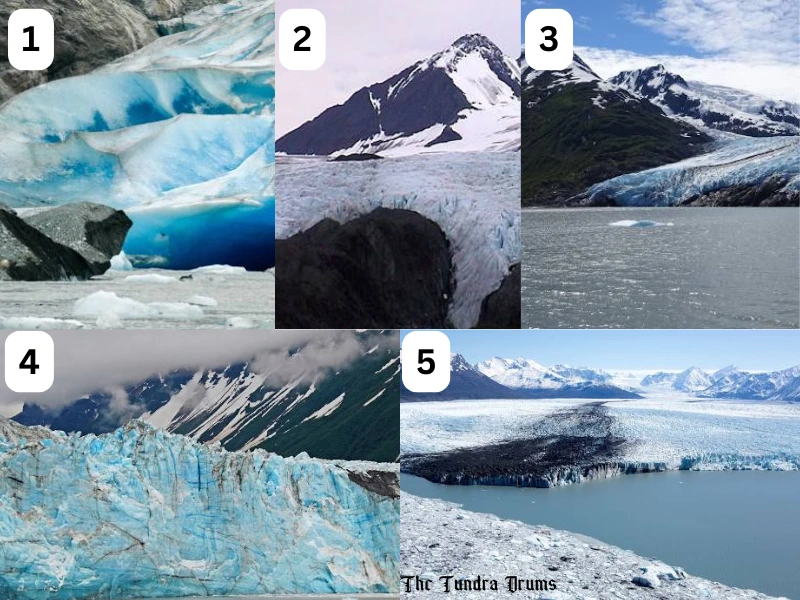
- Location: Located in Chugach National Forest, Portage Glacier is about 50 miles south of Anchorage, making it one of the most accessible glaciers in Alaska.
- Accessibility: The glacier can be accessed by a day cruise on Portage Lake, offering stunning views of the glacier and surrounding waterfalls. Alternatively, visitors can hike the Portage Pass Trail for panoramic views of the glacier, lake, and Prince William Sound.
- Activities: In winter, when the lake is frozen, visitors can hike across it to the glacier. The area also offers snowshoeing and cross-country skiing opportunities along the Trail of Blue Ice.
- Location: Situated approximately 29 miles outside of Valdez, Worthington Glacier is easily accessible from the Richardson Highway.
- Accessibility: The Worthington Glacier State Recreation Site offers a paved, wheelchair-accessible trail leading to a viewing platform near the glacier’s toe. This site is ideal for those seeking a straightforward and accessible glacier experience.
- Features: The site includes interpretive signage, vault toilets, and a covered pavilion. It is open during the summer months, and a small day-use fee applies.
- Location: Knik Glacier is located in the northern part of the Chugach Mountains, approximately 50 miles east of Anchorage, Alaska. It is situated near the town of Palmer
- General Information: Knik Glacier is known for its scenic beauty and is often included in helicopter or flightseeing tours. It offers breathtaking views of the surrounding landscape and is a popular spot for photography.
- Accessibility: While specific details on accessibility are limited, Knik Glacier is typically accessed via air tours or guided expeditions due to its remote location.
- Activities: Visitors often enjoy helicopter tours that land on the glacier, providing an up-close experience. Additionally, the area around Knik Glacier offers opportunities for hiking and exploring the surrounding wilderness.
- Location: Located near Haines, Alaska, Davidson Glacier is accessible by boat or kayak, offering a unique and adventurous way to experience the glacier.
- Accessibility: The glacier is not accessible by road; instead, visitors must use watercraft to reach it. This makes it an ideal destination for those seeking a more secluded and adventurous experience.
- Activities: Kayaking or taking a boat tour to the glacier allows visitors to explore its stunning ice formations and enjoy the surrounding wilderness. The area is also popular for hiking and wildlife viewing.
- Location: Situated near Cordova, Childs Glacier is known for its dramatic calving activity, where large chunks of ice break off into the Copper River.
- Accessibility: Currently, Childs Glacier is not accessible by road due to an impassable bridge. Visitors must contact local authorities for transportation options to reach the area.
- Features: The glacier offers a spectacular view from the campground, where visitors can observe calving icebergs and enjoy the unique landscape of the Copper River Delta.
- Activities: Camping and wildlife viewing are popular activities in the area, with opportunities to see salmon and other wildlife affected by the glacier’s calving activity.
Glacier Clusters and Icefields
It is home to over 40 large glaciers, including the Mendenhall Glacier and Taku Glacier.
- Located in Kenai Fjords National Park.
- Feeds several glaciers, such as Exit Glacier and Bear Glacier.
- One of the largest icefields in North America.
- Located in the Chugach Mountains.
Glaciers Are Changing
Glaciers are not just beautiful; they’re also important indicators of climate change. Many of Alaska’s glaciers are retreating at an alarming rate due to rising temperatures. Scientists are keeping a close eye on these changes to understand how they’ll impact ecosystems and communities.
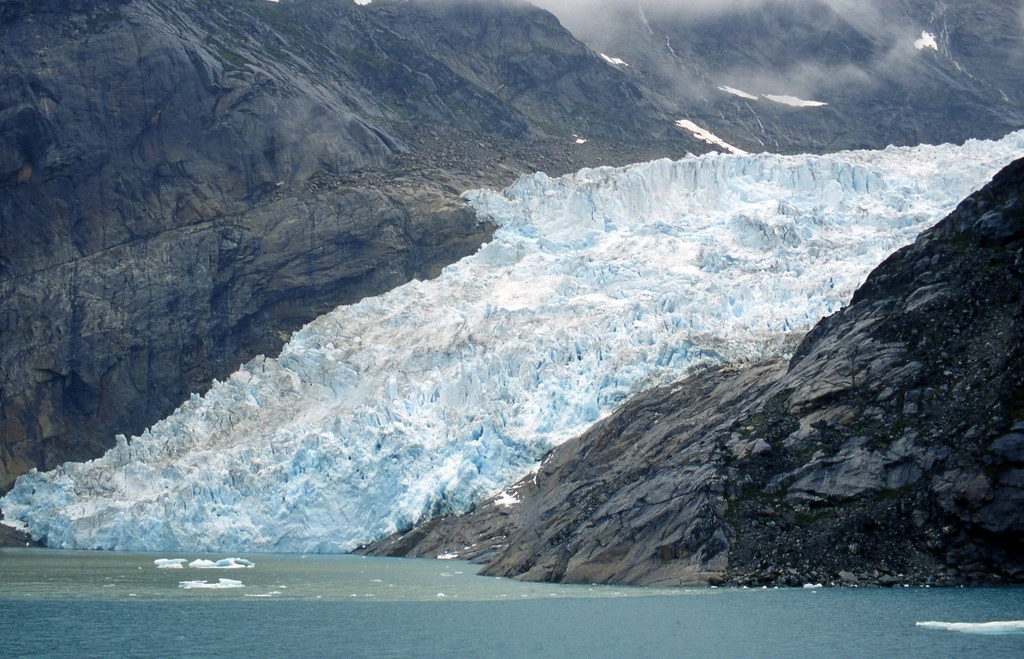
For instance, studies show that glaciers contribute significantly to rising sea levels as they melt. This makes it even more critical to monitor them closely.
Fun Glacier Facts
Here are some cool facts about Alaska’s glaciers:
- Glacier size: Glaciers in Alaska range from small patches of ice to massive structures covering thousands of square miles.
- Glacier visits: Alaska’s glaciers attract millions of tourists each year for activities like hiking, ice climbing, and glacier cruises.
- Dynamic nature: Glaciers are constantly moving and reshaping the landscape, making each one unique.
Why Should You Care?
Alaska’s glaciers aren’t just an incredible natural wonder—they’re also vital for the environment. They store freshwater, regulate ecosystems, and provide insights into our planet’s health.
By understanding glaciers, we can better appreciate their role in the environment and the challenges they face in a changing climate.
Conclusion
So, how many glaciers are in Alaska? The answer is flexible, but one thing is clear—Alaska is a glacier hotspot with tens of thousands of these icy giants shaping its landscape. Whether you’re counting them or just admiring their beauty, Alaska’s glaciers are a sight to behold and a reminder of nature’s power and fragility.

